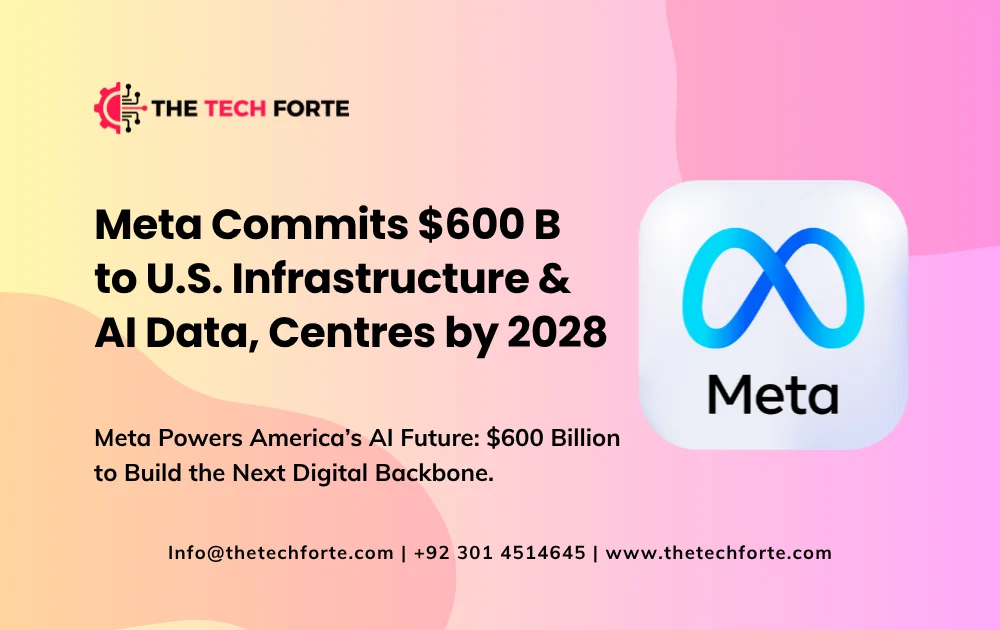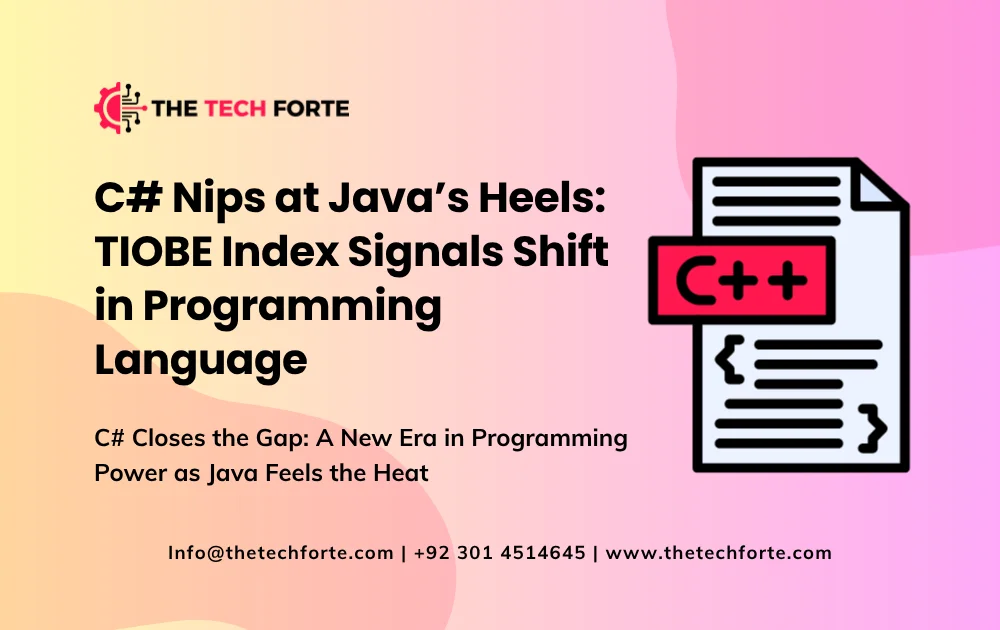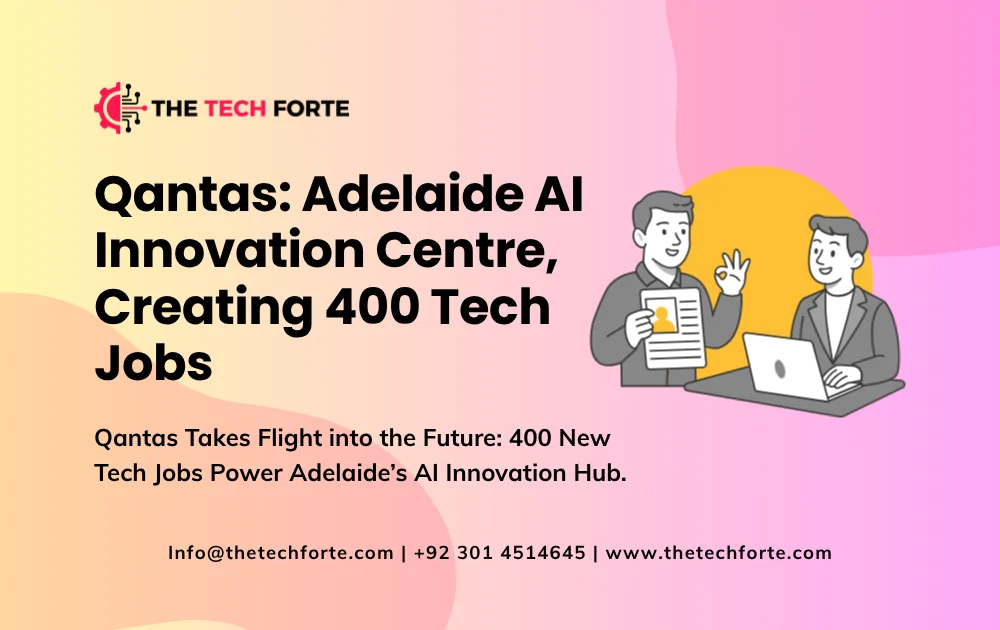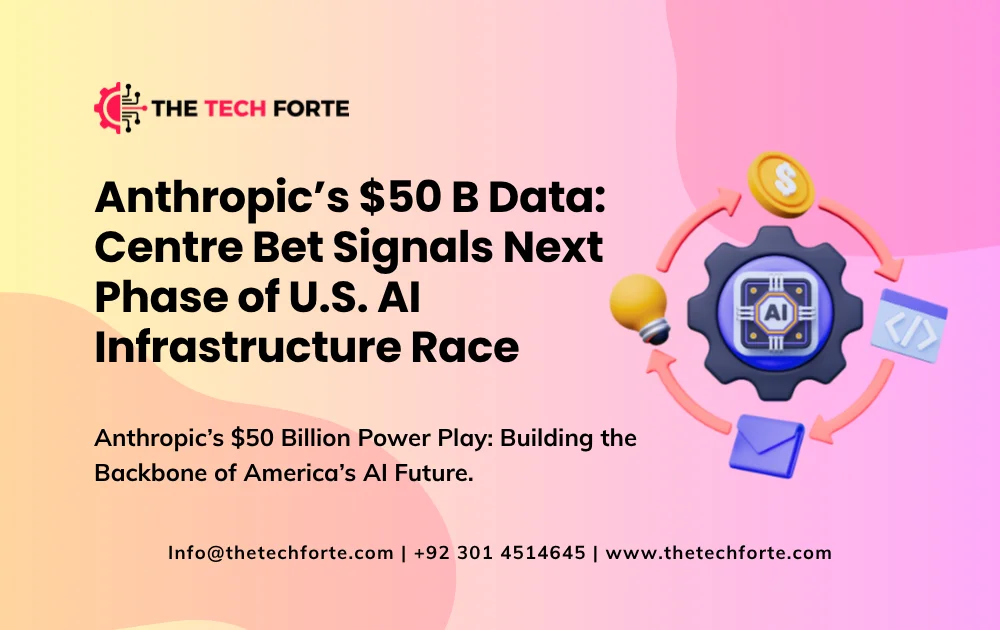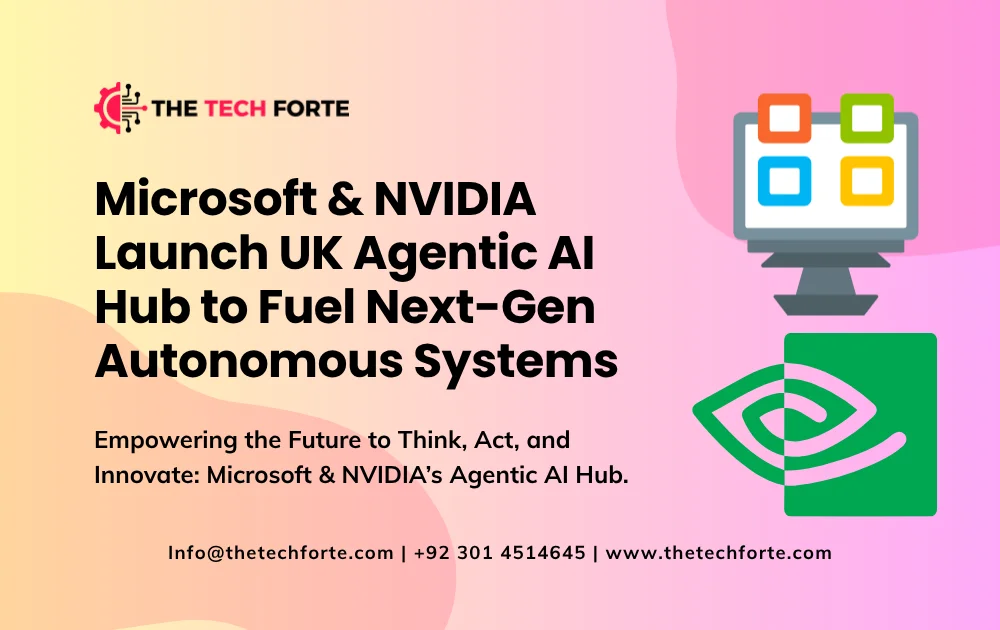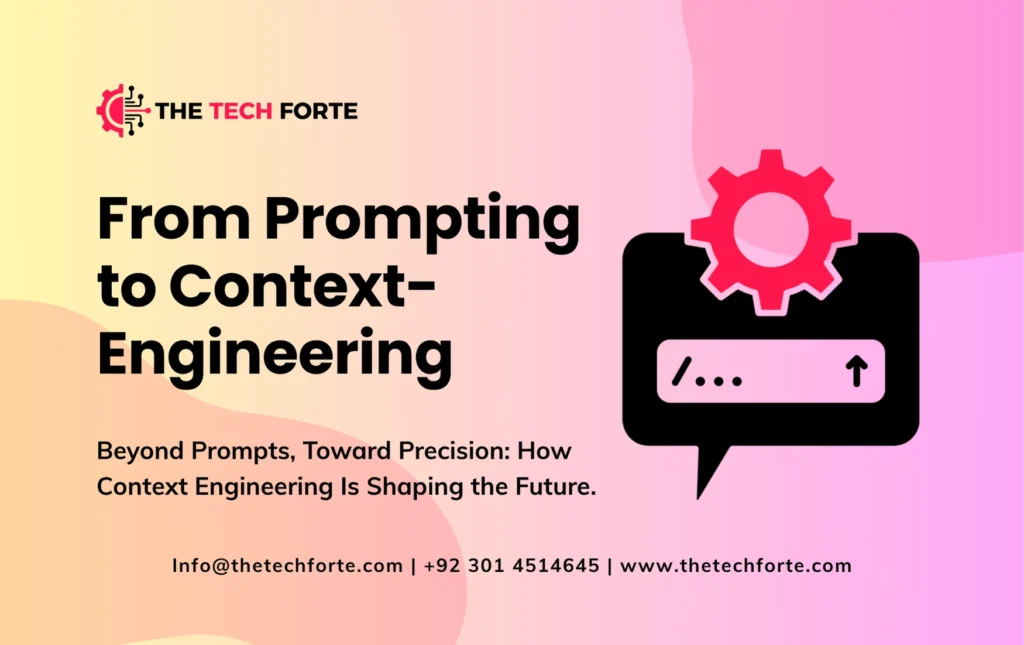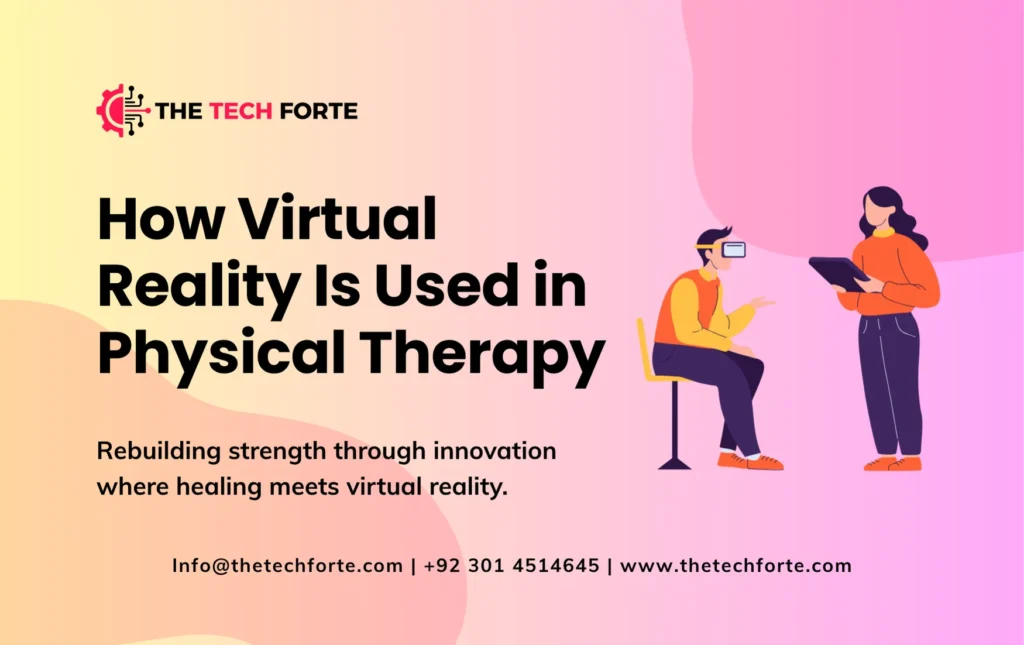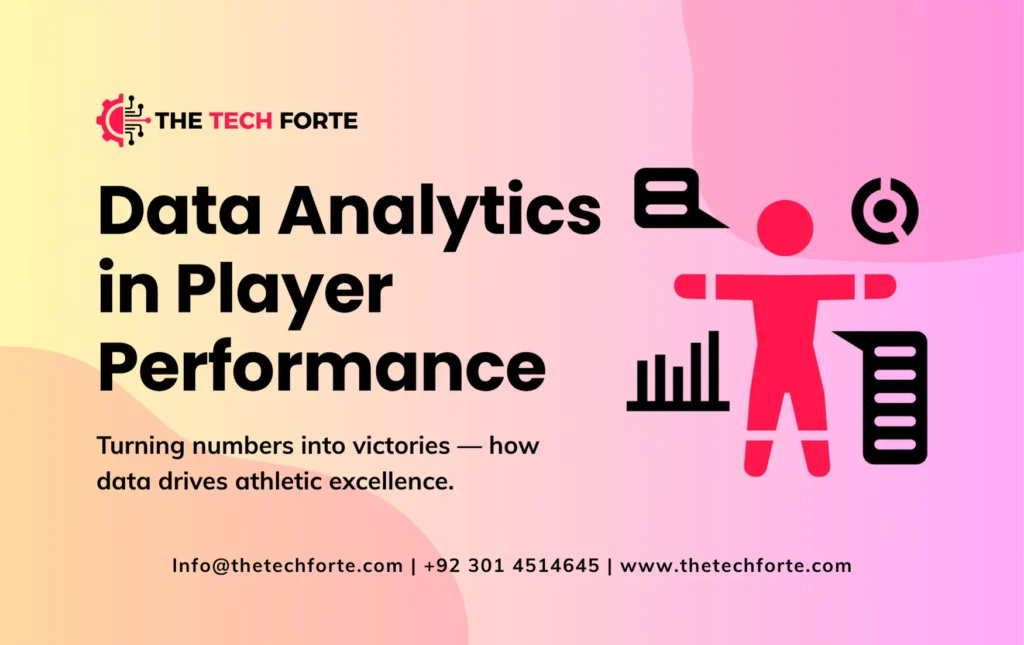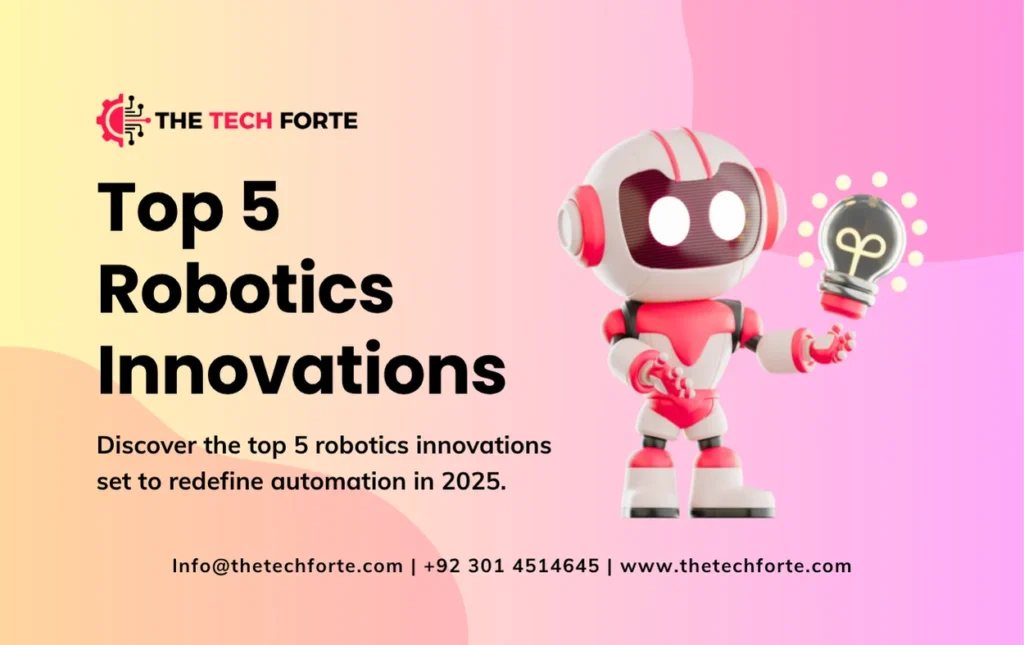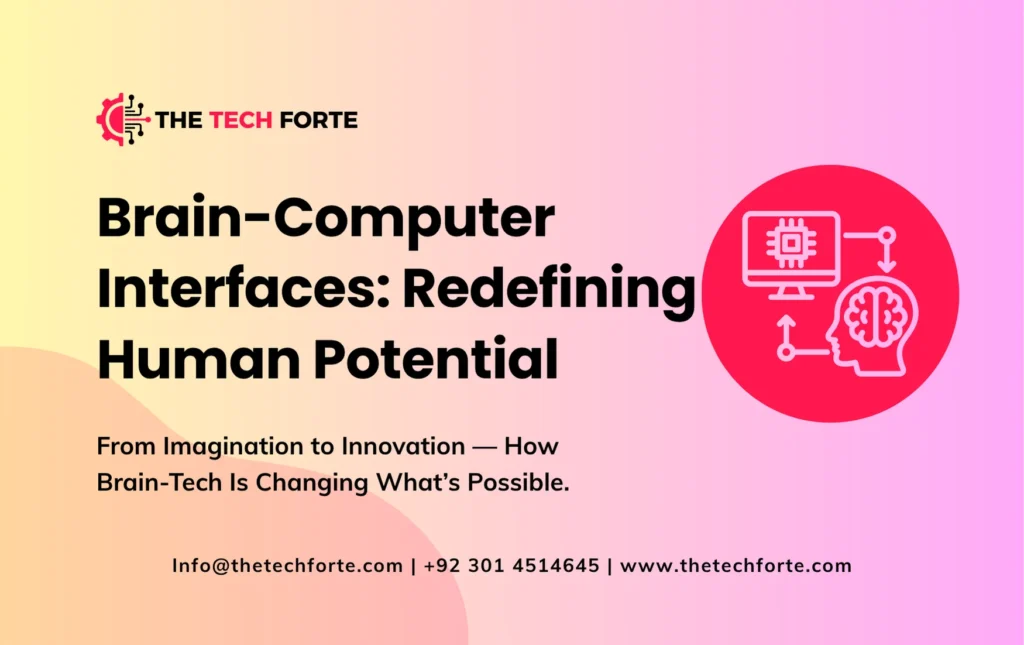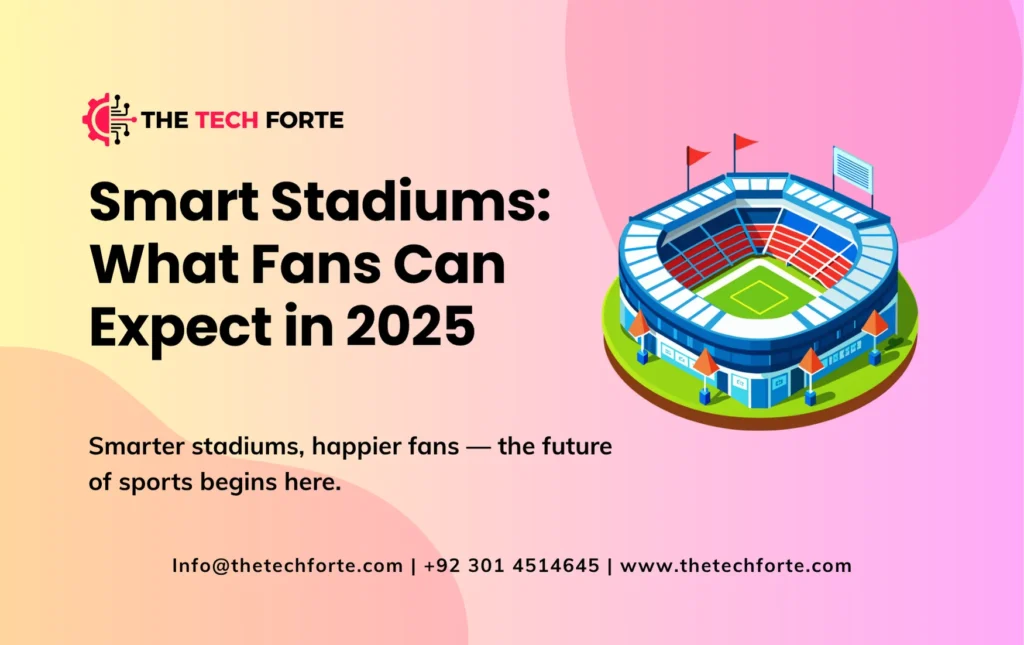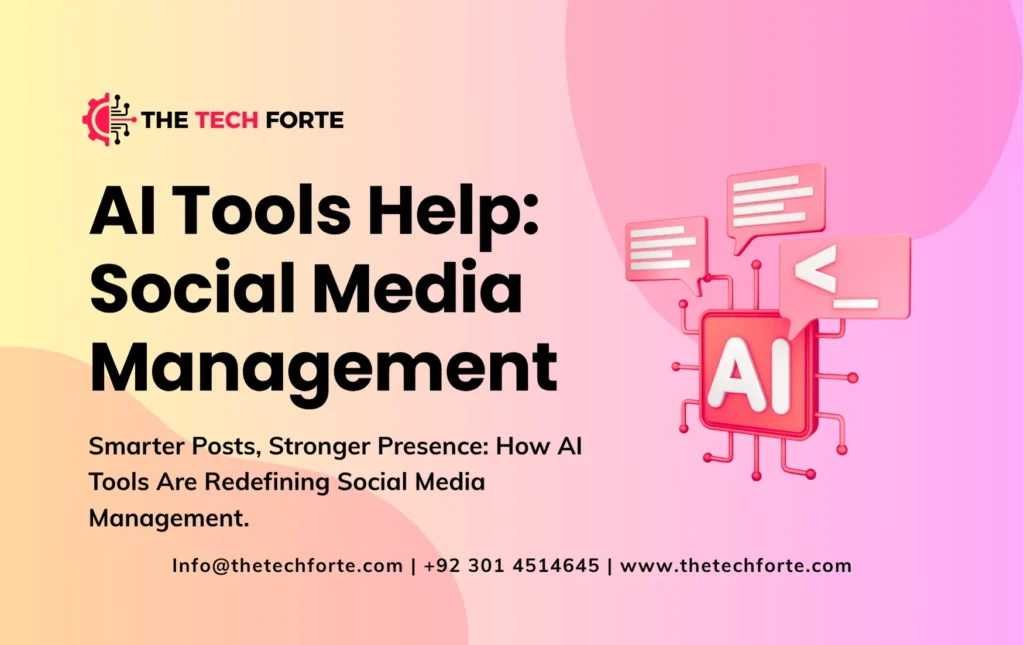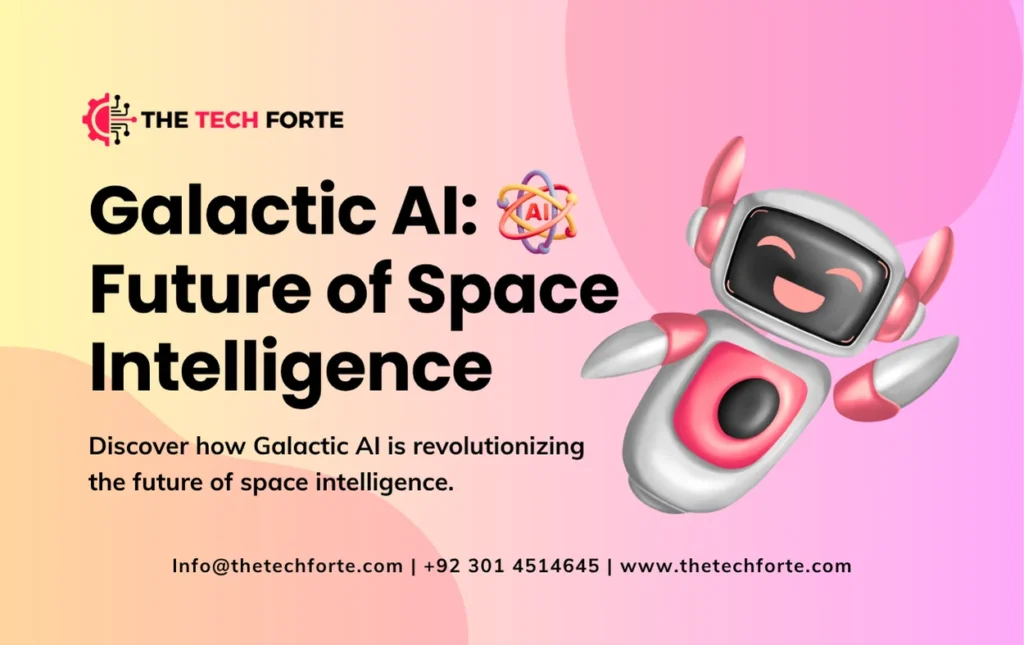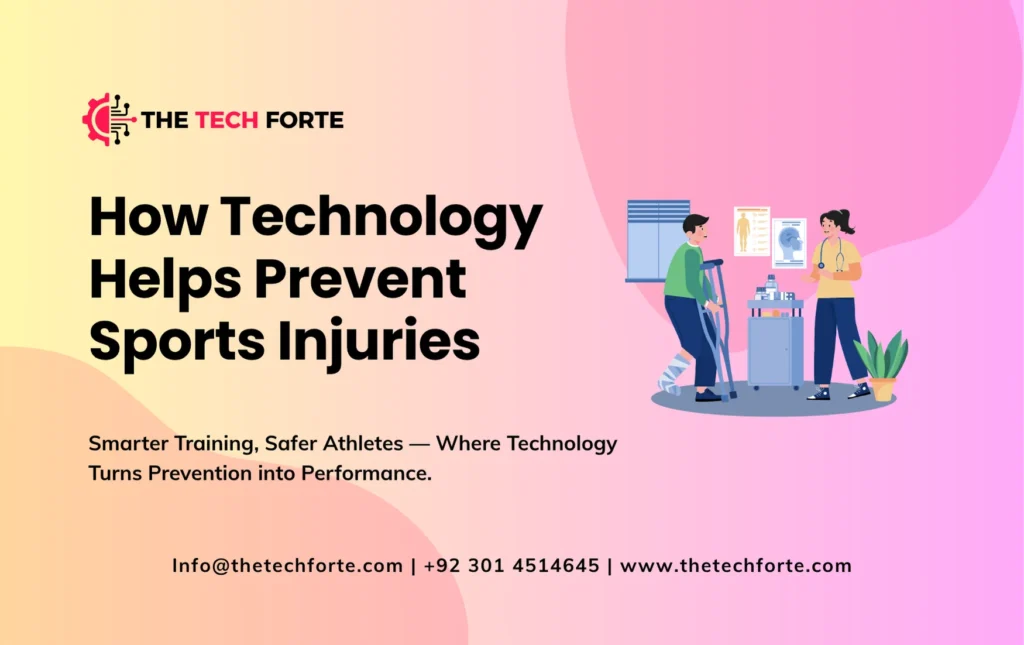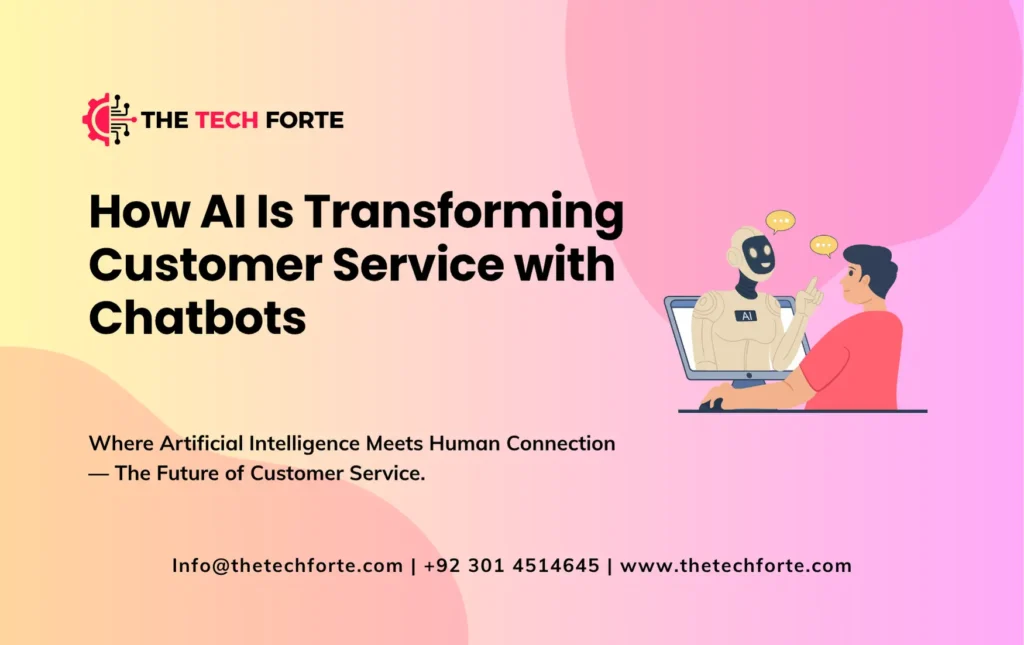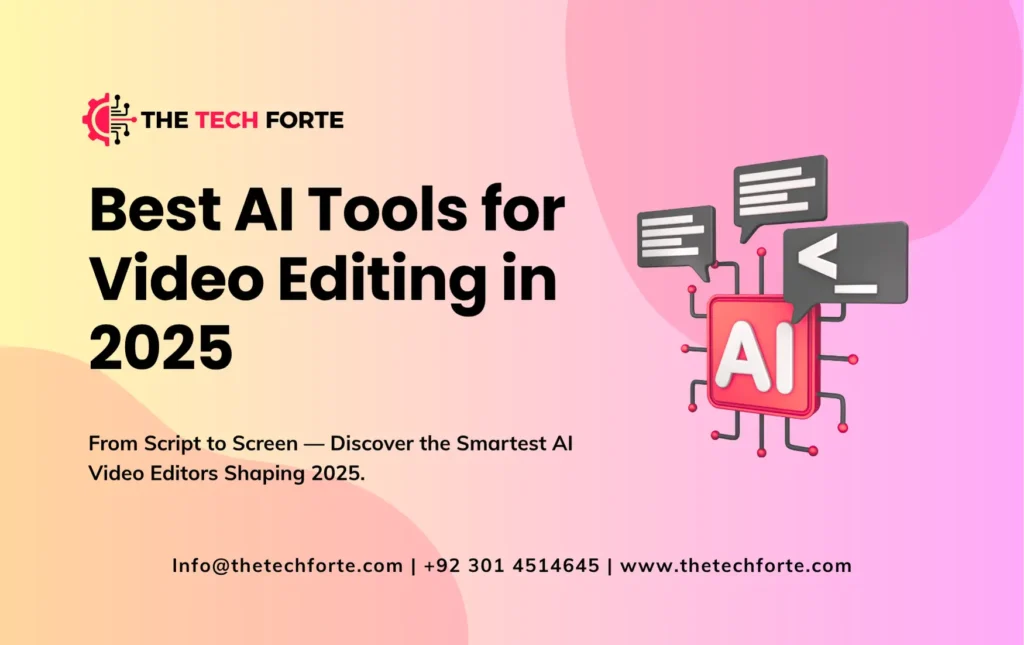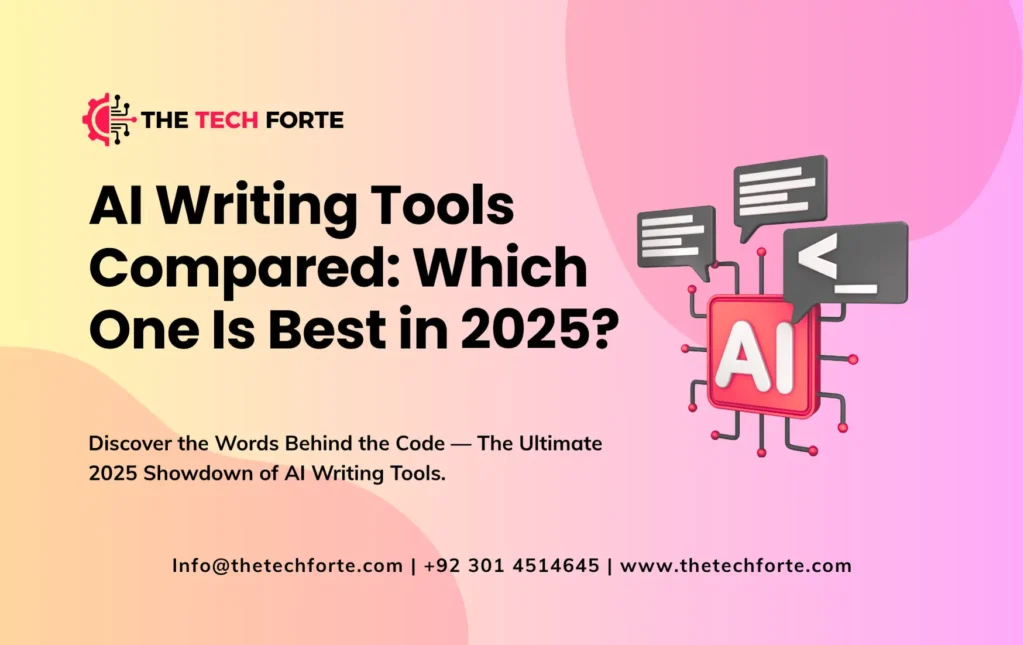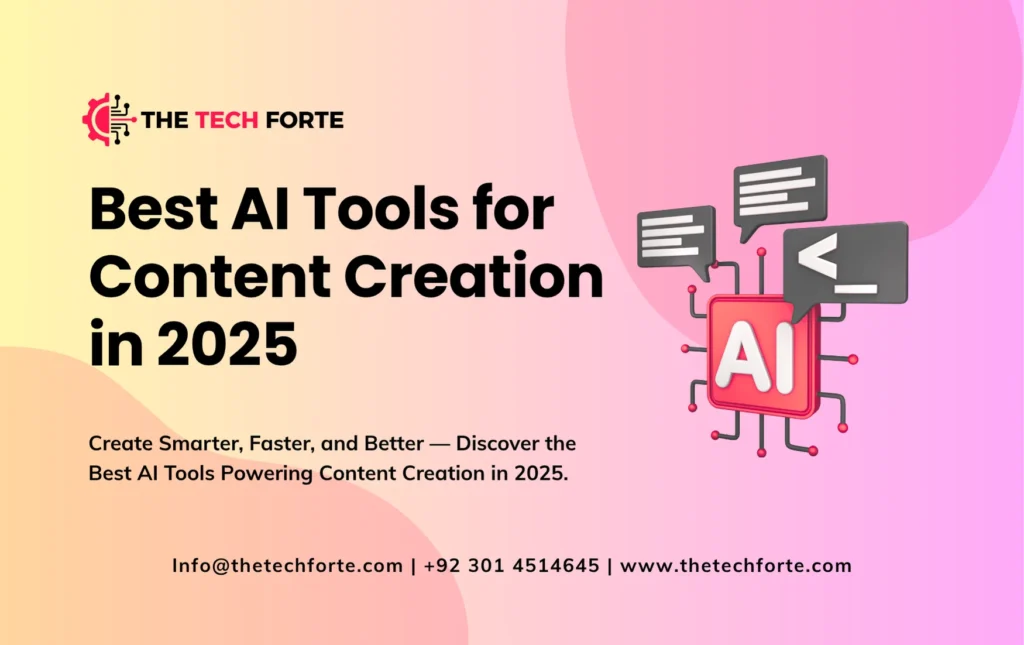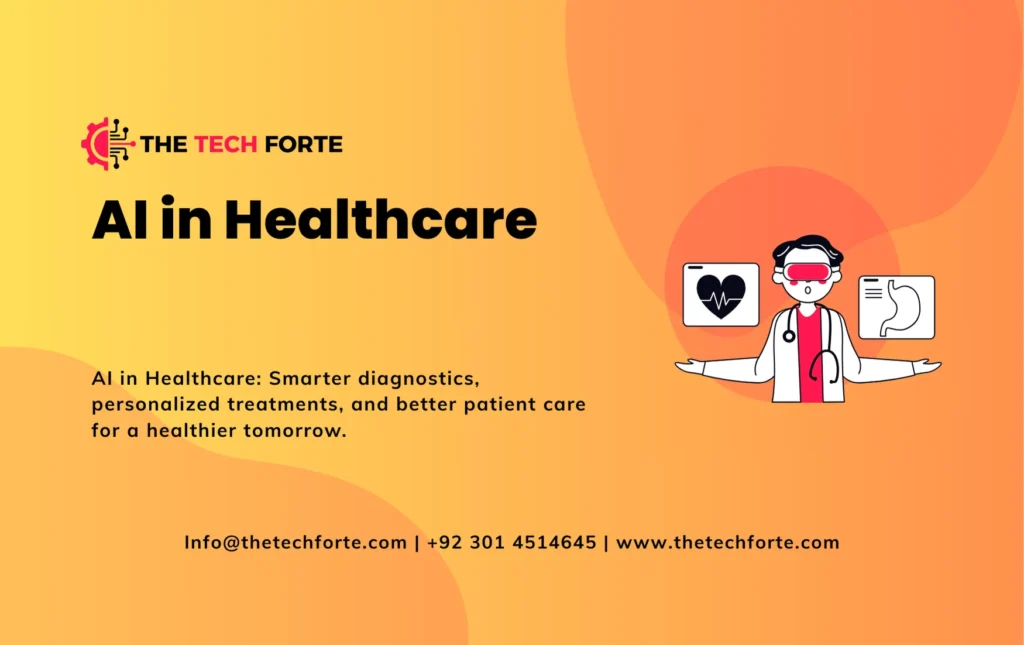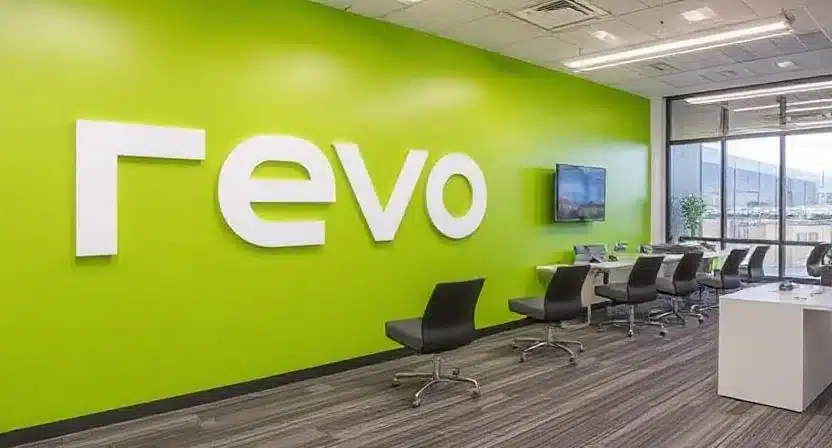From Prompting to Context-Engineering: The Rise of Next-Gen AI Workflows in Britain and Beyond
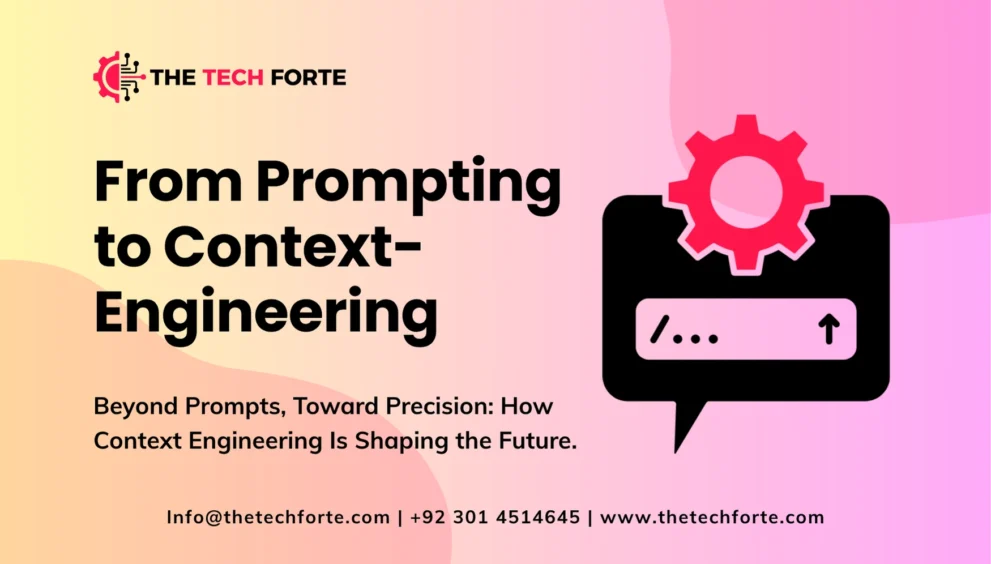
In the UK and around the world, artificial‑intelligence (AI) workflows are rapidly evolving beyond merely writing sharper prompts. What once sufficed, crafting clever text to steer a large language model (LLM), is no longer enough. Leading industry voices now argue that the true differentiator is the system that surrounds the prompt: the data, memory, tools, workflows, and organisational context that feed the AI.
As firms in Britain deploy generative‑AI across enterprise workflows from customer service agents to compliance bots, they’re discovering that the bottleneck isn’t the LLM, but how well the context is engineered.
This article explores how prompt engineering is giving way to context engineering, why this matters for UK‑based organisations, and how next‑generation AI workflows must be built for scalability, safety, and real‑world impact.
What Was Prompt Engineering — and Where It Falls Short
Prompt engineering emerged as the go‑to discipline when LLMs became widely accessible. It focuses on crafting the text of the prompt: giving the model a role (“You are a senior legal advisor”), providing few‑shot examples, chain‑of‑thought instructions, constraints, and so on.
However, several limitations have become clear: answers vary widely with minor prompt tweaks, models hallucinate when asked to reason deeply, and one‑off prompts don’t account for state, memory, or multi‑turn workflows.
In Britain, especially, where enterprise deployments demand reliability, continuity, and compliance, these weaknesses pose risk. Many UK firms find that re‑engineering dozens of prompts fails to scale a practical system.
Thus, while prompt engineering remains a skill, its standalone value is shrinking, and companies are looking toward the broader discipline of context engineering.
Defining Context Engineering: The Next Layer of AI Workflows
Context engineering refers to designing the entire operational environment in which an LLM operates — encompassing memory, tool integration, retrieval systems, state management, conversation history, external knowledge, and more.
In the words of Gartner, context engineering is “designing and structuring the relevant data, workflows, and environment so AI systems can understand intent, make better decisions, and deliver contextual, enterprise‑aligned outcomes without relying solely on manual prompts.”
For UK firms, this shift means thinking of AI not as a magic text interface but as an agent that needs a living ecosystem: documents, APIs, memory stores, retrieval indices, and governance workflows.
Put simply, prompt engineering asks “what do I ask?”; context engineering asks “what must the model know and have before it acts?”
Why Context Engineering Is Gaining Momentum in Britain
Enterprise AI Demands
UK organisations deploying AI across legal, financial, healthcare, and retail sectors require systems that can handle conversations, follow‑up queries, regulatory context, and persistent workflows. Traditional prompt engineering lacks that scope.
Multi‑Turn and Agentic Use Cases
Use‑cases such as virtual assistants, workflows, agents, and automation mean LLMs must manage state across interactions, make decisions over time, and harness tool‑use. A prompt alone cannot cover this.
Scalability & Efficiency
In the UK, firms are under cost pressures. Context engineering enables organisations to reuse context pipelines, reduce hallucination, improve accuracy, and minimise manual prompt tweaking.
Regulatory and Ethical Oversight
UK legislation (e.g., AI regulation, data governance) demands traceability, auditability, and compliance. A well‑engineered context pipeline supports logs, memory tracking, and provenance and aligns with audit needs.
In short, the UK market is well‑poised to shift rapidly into context‑engineering‑first deployments.
Key Components of Context Engineering
Memory & State Management
Systems must manage short‑term memory (current conversation), long‑term memory (past interactions, user preferences), and state (what’s been done so far) so the AI behaves coherently across sessions.
Retrieval‑Augmented Generation (RAG) Integration
RAG allows the AI to pull in external knowledge (documents, databases) before generating responses. But retrieval alone isn’t enough; the placement, compression, and relevance of retrieved content must be engineered.
Tool Use & Workflow Automation
Agents must invoke tools (APIs, databases, calculators), not just provide text. Context pipelines define which tools, when, and in what format the outputs must be prepared.
Context Pruning & Summarisation
As context windows fill, irrelevant or outdated info must be summarised or offloaded to manage token budgets and maintain performance.
Governance, Audit, and Provenance
To satisfy regulatory, security, and ethical requirements, context engineering must include audit trails, token‑level provenance, memory versioning, and real‑time monitoring. Together, these components shift organisations from “crafting prompts” to “building context pipelines”.
Context Engineering in Practice: UK Case Studies & Examples
Financial Services Agent in London
A UK bank built an AI assistant to handle loan officer support. Instead of rewriting prompts, the team built a vector store of past loan decisions, policy documents, and user history. The agent now recalls prior approvals, flags regulatory risk, and calls an API for repayments a context‑engineering workflow rather than a handful of prompt tweaks.
NHS‑Aligned Chatbot for Patient Intake
A British healthcare provider developed a patient‑triage chatbot. Context engineering enabled it to access patient history, current symptoms, regulatory constraints (UK’s data protection laws), and escalate to human specialists when required. Prompt engineering alone would have lacked the memory and context.
Retail Automation for UK Online Brands
A UK retail chain deployed a generative AI tool to personalise product pages. Context pipelines injected customer browsing history, inventory data, promo rules, supply‑chain delays, and regional tax codes. The generator then produced tailored product descriptions reliably and at scale.
These examples demonstrate that the UK is already shifting into context‑first AI workflows beyond the limitations of prompt‑only strategies.
From Prompt to Context: The Workflow Evolution
Prompt Engineering Phase
Initially, many teams experimented with prompts: role instructions, few‑shot examples, and chain‑of‑thought. This phase centred on “what to ask”. But as tasks grew complex, results degraded.
Hybrid Phase: Prompt + Retrieval
Organisations added retrieval systems (RAG) to bring in documents and knowledge. This improved results, but often turned into brittle systems with high maintenance.
Context Engineering Era
The current stage emphasises building repeatable context pipelines: memory, retrieval, tool integration, summarisation, governance, and monitoring. The question is “what must the system know and maintain?” not just “how to write the prompt?”.
Britain and Global Growth
While UK firms lead in regulation and enterprise‑AI, the same shift is happening globally North America, Europe, and Asia‑Pacific. Context engineering is emerging as a universal requirement for scaled AI workflows.
The era of “just prompts” is clearly closing; the era of engineered context is opening.
Strategic Implications for UK Organisations
Talent and Team Structures
UK firms should evolve job roles: from “prompt engineer” to “context systems engineer”, “memory architect”, “tool‑orchestration specialist”. A Microsoft survey across 31 countries placed “prompt engineer” near the bottom of future hiring priorities.
Platform & Infrastructure Investments
Building vector stores, context pipelines, memory systems, tool integrations, and monitoring becomes central. These costs are increasingly core to AI strategy.
Governance and Compliance
Context engineering supports audit logs, provenance, memory tracking, and token usage analysis — especially important under UK and EU regulations.
Business Models and ROI
UK companies deploying context‑aware agents report up to 30% time savings from legacy workflows. Shifting investment from prompt‑tuning to context‑pipeline development may drive better ROI and enterprise readiness.
Competitive Advantage
In Britain’s AI market, companies that master context engineering can differentiate by delivering smarter, safer, and more dependable AI agents, a key edge as more firms adopt generative AI.
Challenges and Risks of Context Engineering
Token Budget and Latency
Feeding a vast context can exceed model windows, incur latency, or degrade quality. Incorrect filtering or irrelevant context can lead to hallucinations.
Data Governance & Privacy
Context pipelines may ingest sensitive internal data, user history, and external sources. UK and EU regulations (GDPR, UK Data Protection Act) require robust controls.
Complexity & Maintenance
Context pipelines are operationally complex: memory management, tool orchestration, vector stores must be monitored, updated, and managed over time.
Engineering Skills Gap
Moving from prompts to context engineering demands new skill‑sets: systems architecture, orchestration, data engineering — many UK teams lack that capacity today.
Cost and ROI Uncertainty
Investing in infrastructure and context pipelines may yield longer‑term payoff, but early stages require budget, talent, and governance frameworks. Companies must measure success carefully.
Global Outlook: Britain and Beyond
While Britain leads on regulation and enterprise AI readiness, the trend toward context engineering is global. Firms in the US, Europe, India, Australia, and Singapore are recognising the shift. Start‑ups focused on context infrastructure (vector stores, memory systems, orchestration platforms) are attracting large venture‑capital flows, signalling economic momentum.
As global AI agents become more autonomous, context‑engineering frameworks will serve as the backbone of scaled, reliable systems. For UK firms operating in global markets, mastering context engineering means staying competitive internationally.
In this global race, prompt engineering is no longer a luxury; it’s a baseline. The real advantage lies in context engineering.
Practical Roadmap for Organisations
- Audit your current AI workflows — how many prompts vs how many context pipelines?
- Map your context sources — internal documents, databases, APIs, customer history, policy knowledge.
- Implement retrieval + memory systems — deploy vector databases or knowledge graphs.
- Define tool‑integration strategy — identify external APIs, function calls, browser automation, etc.
- Build monitoring & governance — track token usage, provenance, memory drift, compliance.
- Train your people — hire or upskill for context engineers, memory architects, system integrators.
- Measure performance — use metrics like reduction in hallucinations, session continuity, time saved, and business impact.
For UK organisations that act now, this roadmap can help transition from prompt‑only to full context‑engineering capability.
FAQs: From Prompting to Context Engineering
What exactly is context engineering?
Does prompt engineering still matter?
Why is this shift important for UK organisations?
UK firms face regulatory demands, enterprise‑scale workflows, and global competition. Context engineering supports scalability, auditability, and business impact.
What are some challenges of context engineering?
How do I start building context‑engineering capabilities?
Begin by auditing your existing prompt workflows, identifying memory and retrieval gaps, defining tool integrations and investing in governance and training.
Conclusion: The Shift from Prompts to Context is Here
The journey from crafting clever prompts to building full‑scale context‑aware AI systems is not incremental; it’s transformational. In Britain and beyond, the demand for reliable, high‑impact AI workflows means organisations must prioritise context engineering.
Prompt engineering will remain relevant, but it has become just one piece of the puzzle. The real frontier lies in how systems architects context, memory, retrieval, tools, and workflows.
For UK firms operating in a highly regulated, competitive, and innovation‑driven environment, embracing context engineering is a strategic imperative. The next‑gen AI workflows are not built on prompts alone—they’re built on context.





